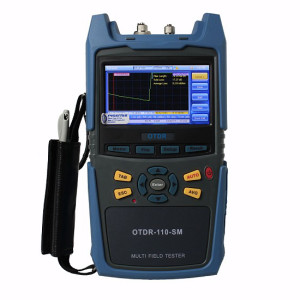 OTDR manufacturers have give the users a realistic overview of what jobs they will see and what tools they will need. It is very important to understand when you need an OTDR and when it is not appropriate.
OTDR manufacturers have give the users a realistic overview of what jobs they will see and what tools they will need. It is very important to understand when you need an OTDR and when it is not appropriate.
If you are installing an outside plant network such as a long distance network or a long campus LAN with splices between cables, you will want an OTDR to check if the fibres and splices are good. The OTDR can see the splice after it is made and confirm it’s performance. It can also find stress problems in the cables caused by improper handling during installation. If you are doing restoration after a cable cut, the OTDR will help find the location of cut and help confirm the quality of temporary and permanent splices to restore operation. On singlemode fibres where connector reflections are a concern, the OTDR will pinpoint bad connectors easily.
OTDRs should not be used to measure cable plant loss. That is the job of the source and power meter, which duplicates the actual fibre optic link, as we described in the first part of this article and is documented by every standard ever written for cable plant loss. The loss measured will not correlate between the two methods; the OTDR cannot show the actual cable plant loss that the system will see.
The limited distance resolution of the OTDR makes it very hard to use in a LAN or building environment, where cables are usually only a few hundred feet long. The OTDR has a great deal of difficulty resolving features in the short cables of a LAN and is more often than not simply confusing to the user.
And one OTDR manufacturer once told a class of students that they could justify the cost of an OTDR simply by using it to test the length of the fibre on a reel when they get it to make sure they got what they paid for. The class laughed at the instructor and pointed out the cable manufacturers mark length on the cable jacket and a £2 calculator would do as well!
Since OTDRs are very expensive and have only specific uses, the decision to buy one must be made carefully. For that reason, most instrument rental companies will rent one for a few days or weeks when you need them. However, if you are not familiar with their operation or cannot understand the results of OTDR tests, it would be much better to hire a specialist to do the testing for you.
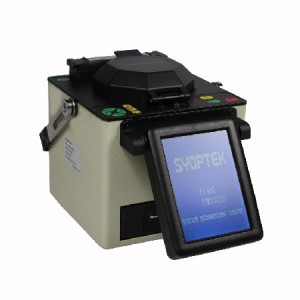
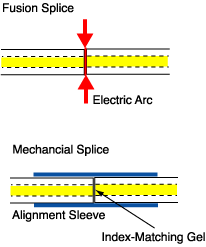
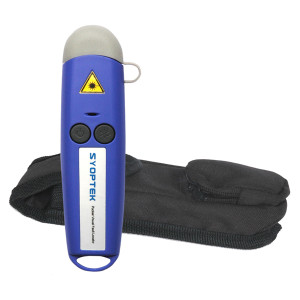

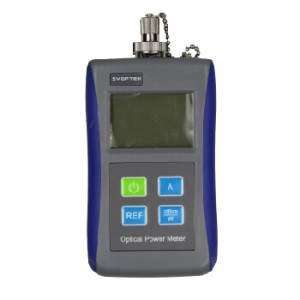 Fiber optic power meter
Fiber optic power meter